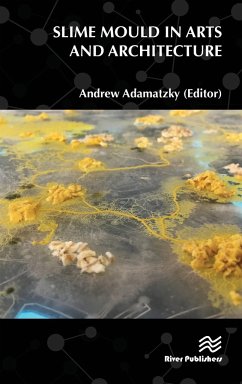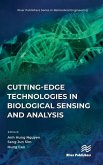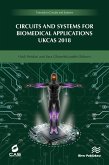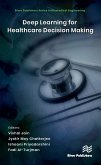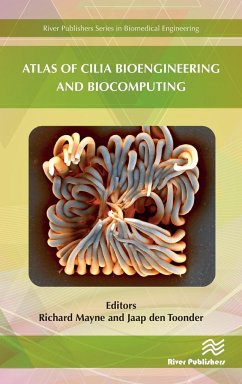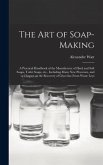The slime mould Physarum polycephalum was a source of explosive growth of bioengineered hybrid sensing and computing devices in the past decade. Being in its vegetative state, the plasmodium, the slime mould configures its protoplasmic network to optimize its geometry with relation to patterns of attractants and repellents. The slime mould's adaptability, polymorphism and aestheticism inspired artists and architects. The slime mould has been seen as a self-conscious liquid form continuously changing its shape in response to external stimulation and due to interactions of thousands of micro-oscillators in its body. Elusiveness is a magic feature of the slime mould. One moment the slime mould gives you a solution to a mathematical problem by a shape of its body, next moment it changes its shape and the solution ,disappears. Slime Mould in Arts and Architecture presents a set of unique chapters written by leading artists, architects and scientists, which resulted from creative translations of the slime mould behaviour into forms and sounds, unconventional investigations and sensorial experiences and the slime mould ability to remove boundaries between living and artificial, solid and fluid, science and arts. The book gives readers unique tools for designing architectural forms and creative works using the slime mould, understanding how pro-cognitive living substrates can be used in everyday life, it sparks new ideas and initiates further progress in many fields or arts, architecture, science and engineering. Key features: - Vibrant concepts of biology, arts, non-linear sciences and architecture are inter-reacting in the book towards the formation of an unorthodox vision of future and an emergent concepts of the physical state, where science and are becoming a singly unity; - Striking polymorphism of contributions, which reflects the vibrant development of the field of bio-inspired and bio-integrated arts and architecture. This makes the publication stand out from the standard art, science or architecture book; - The book provides an in-depth insight and first hand working experiences into current production of art works at the edge of art, science and technology. It provides a unique compendium of works made by a new type of artists and architects who is not only concerned with the visual level of their work but also with scientific conceptualization and theoretical reflection on contextualization of their studies and work in interdisciplinary fields; - Contributions from main stream scientists demonstrate unusual artistic and architectural developments; - All contributors of in the book are from leading artists, architects or scientists, with an impressive track record of exhibitions, installations, and scientific and engineering discoveries. They provide in-depth insights and first-hand working experiences into current developments of art and architectural works at the edge of art, science and technology.

